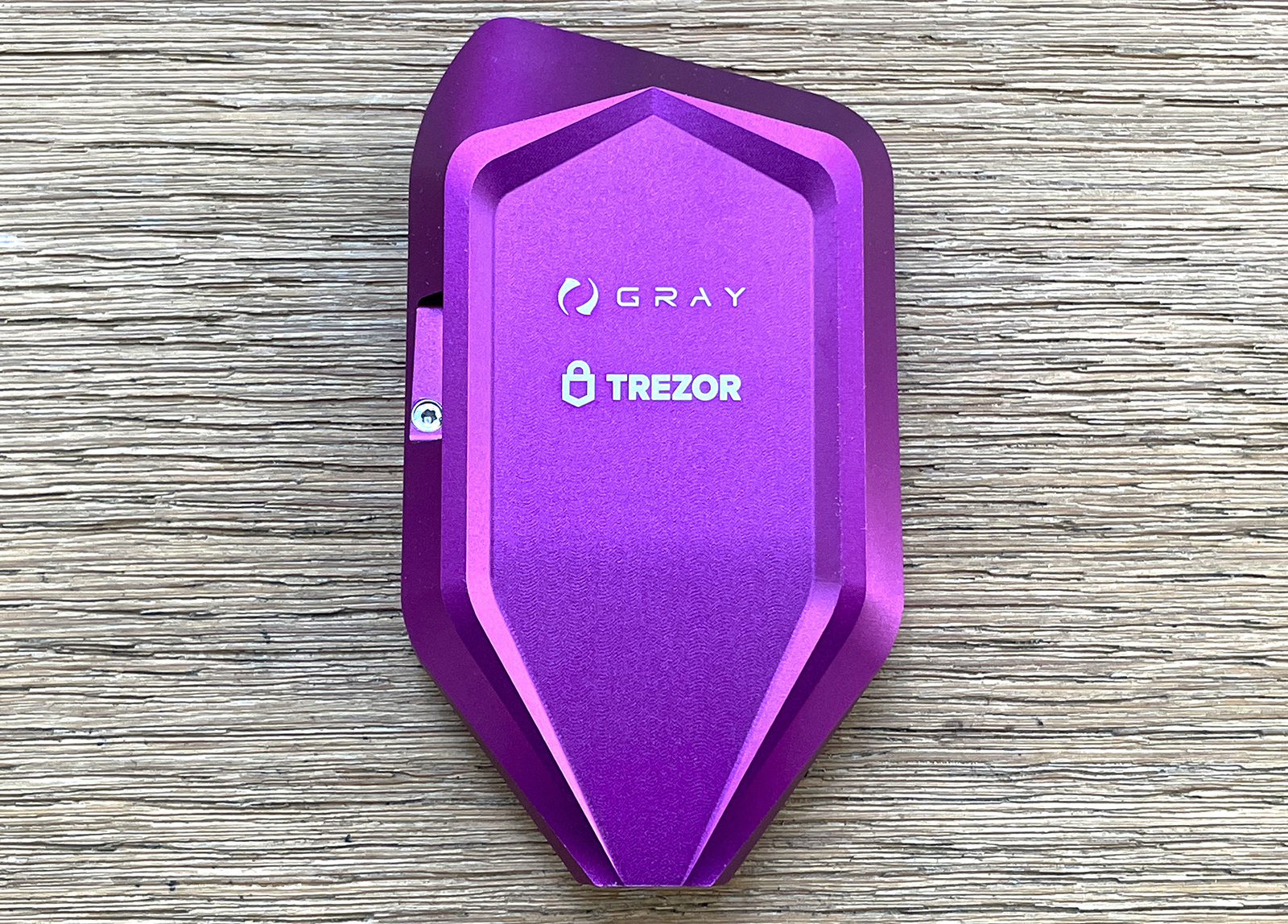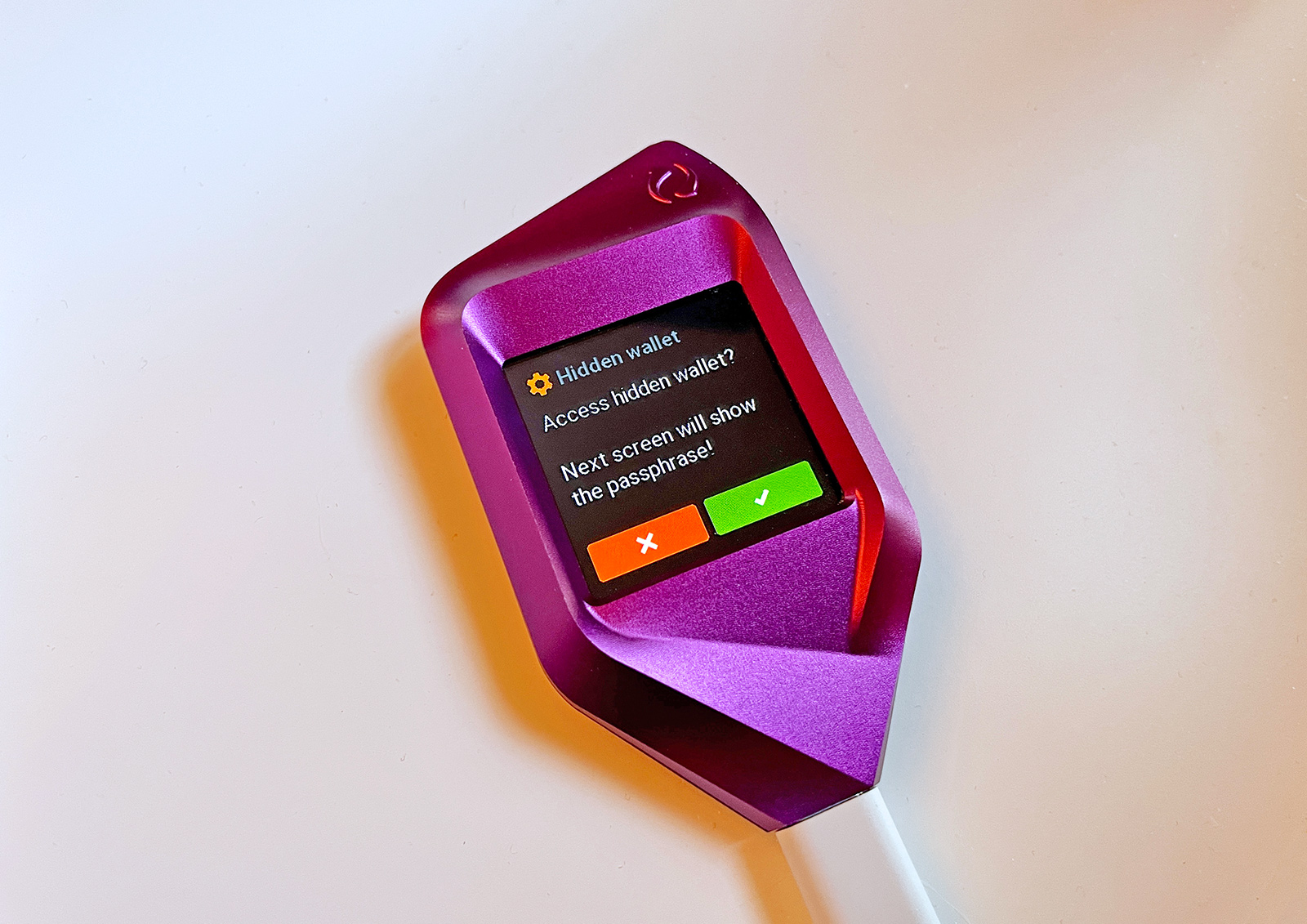Bitcoin and other cryptocurrencies are all the rage right now. The deafening buzz surrounding NFTs has caused ethereum to climb, Elon Musk’s tweets seem to constantly send dogecoin soaring, and bitcoin is flirting with $60,000 yet again after having climbed to an all-time high above $61,500 earlier this month. Countless people have been introduced to crypto markets for the first time thanks to all the hype right now. Companies like Robinhood and Paypal are also jumping on the bandwagon, making it unbelievably simple for people to buy bitcoin and other popular cryptocurrencies in their apps.
It’s wonderful that crypto is more accessible now than ever before, but there’s also a downside. Since all you need to do these days to buy crypto is open Robinhood on your phone, many people are diving in headfirst without doing much, if any research. Ask anyone with experience trading crypto though, and they’ll tell you a cardinal rule that everyone needs to know: If your crypto is stored on an exchange, it’s not your crypto.
Breaches and theft are always going to be issues anytime money is involved, but having crypto stolen from your wallet isn’t the same as having fiat money stolen out of your bank account. If something happens to the coins or tokens that you have stored in an online wallet, you have no recourse at all. Kiss your crypto goodbye. This is one of many reasons you should always store your digital coins and tokens in an offline wallet. In this article, I’m going to show you one of the most extravagant crypto hardware wallets on the market, which also happens to be one of the best.
Online wallets tied to cryptocurrency exchanges are referred to as “hot wallets.” The only time your crypto should be stored in your exchange wallet is when you’re buying, selling, or making an exchange. Remember when Mt. Gox lost about $450 million worth of its customers’ bitcoin? That’s the most famous example of catastrophe at an exchange, but it’s definitely not the only example. Hacks happen all the time, in fact. And what happens if your exchange folds one day? Your deposits are not insured by the FDIC or any other body.
The bottom line is this: If your online wallet is hacked or if something happens to the exchange you use, your money is gone.
Offline wallets — or “cold wallets” — are wallets that are not connected to the internet. For that reason, they are obviously much more difficult to breach. There are various options out there for software-based cold wallets, but many crypto traders prefer hardware wallets. As the name suggests, a hardware wallet is a physical device on which your digital coins and tokens are stored.
Trezor was the first company to popularize crypto hardware wallets and it remains one of the top brands in the market. The other big one is Ledger, which offers a wonderfully affordable hardware wallet called the Ledger Nano S that is one of the most popular hardware wallets in the world. You can see it featured in the image at the top of this post, and it’s the hardware wallet that I personally use to hold my crypto. Rather, it was the hardware wallet I used until Gray sent me a Gray CORAZON to try.

When it comes to hardware wallets, there’s really only a handful of brands that people trust. And if you’re familiar with this market, you’re probably thinking to yourself that Gray is not on that shortlist of trusted brands. Of course, you’re also probably thinking to yourself that the Gray CORAZON looks a whole lot like a fancy version of a Trezor Model T. Well, there’s a very good reason for that: It is a fancy version of a Trezor Model T.
Gray worked with Trezor to create the CORAZON, which is basically a Trezor Model T hardware wallet inside a custom high-end housing made either of aerospace-grade aluminum or titanium. Aluminum models like the one pictured above cost $599 and come in four different colorways. Gray’s titanium models cost either $999, $1,499, or $1,999 depending on which color you choose.
Here are some important notes from Gray’s website:
The same technology that powers the Trezor Model T anchors the CORAZON. Open-sourced and audited by security researchers, the CORAZON is fully transparent. Anybody can verify its integrity, look for vulnerabilities and suggest improvements. We have nothing to hide, and going open-sourced is the anchor of your trust in us.
Your digital keys are the access keys to your coins and other data. Trezor technology stores these keys for you, and allows you to use them safely. Your keys will never leave the device, as it is completely isolated.
To make backups easier, Trezor has created the recovery seeds standards (BIP32/39/44), giving you the power to recover your entire wallet by using the 12-word recovery seed in the event that your device has been misplaced. The CORAZON also features the industry leading Shamir Backup (SLIP39) standard.
Having a fancy hardware wallet is great, but security is obviously the primary concern with any crypto wallet. And when it comes to interfacing with your wallet, you should note that the entire experience is managed through Trezor’s site or with the downloadable Trezor Suite. These are the same exact apps you would use with a Trezor One or Trezor Model T — you’ll even select the Model T when you connect your CORAZON to Trezor’s apps.
Importantly, you also have access to all of Trezor’s advanced security features. For example, I won’t store anything in my main wallet on a Trezor. Instead, I use the passphrase feature that enables you to create hidden wallets. This way, no one can access my crypto even if they steal my physical wallet and guess my PIN. In fact, they can’t even get to my coins if they somehow obtain my seed phrase — Trezor’s passphrase function basically serves as an extra seed word, but it’s alphanumeric. If you create a good passphrase consisting of both letters and numbers, it’s almost mathematically impossible for anyone to ever gain access to your crypto.

The only drawback I found in my testing will come as no surprise to people who have used Trezor wallets in the past. Why? Again, the Gray CORAZON is basically a fancy Trezor Model T. That means the experience is fantastic, security is top-notch, and the touchscreen is so much easier to use than other solutions like you might find on a Ledger wallet. But it also means the CORAZON lacks support for all the same coins and tokens that aren’t supported by Trezor’s wallets. For example, I’ve been spending a lot of time trading VeThor lately and Trezor doesn’t support VeChain at all.
In the end, the bottom line is that the Gray CORAZON is the sleekest and most elite crypto hardware wallet you can buy. With a price that tops out at $1,999, it’s also the most expensive crypto hardware wallet you can buy. If you’re a casual trader or someone just starting out, it’s probably not worth the expense. But if you’re heavy into crypto and you have some cash to spare, there’s nothing wrong with wanting something truly special to hold your coins and tokens. The Gray CORAZON is stylish and exclusive, but it doesn’t sacrifice security. It truly is the best of both worlds.








